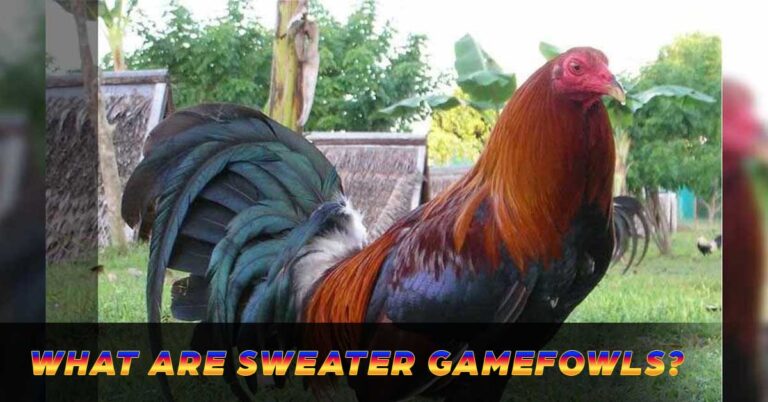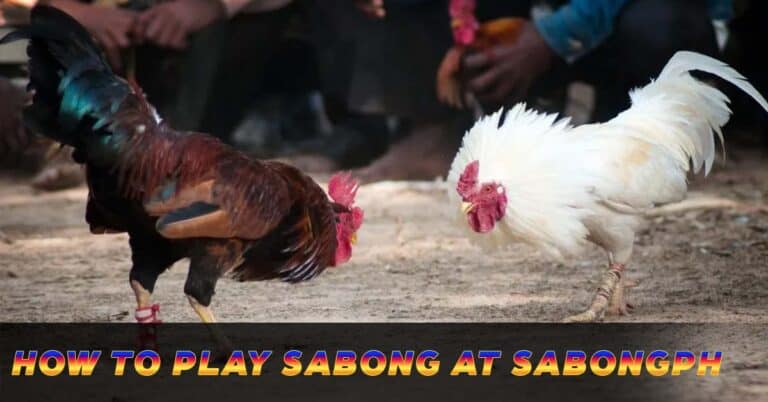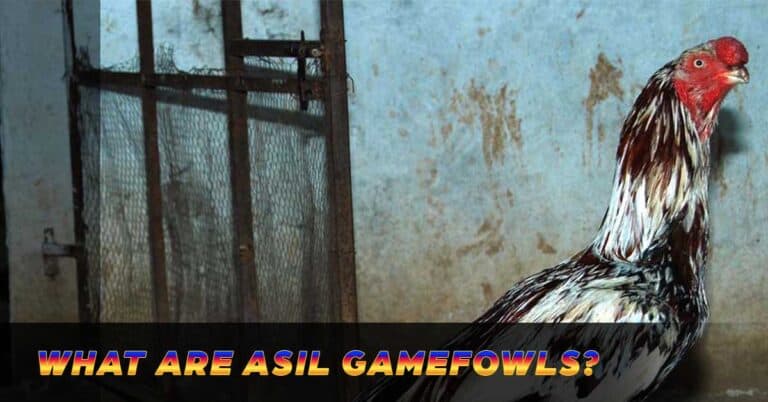Exploring Tradition – Why is Sabong Famous in Philippines
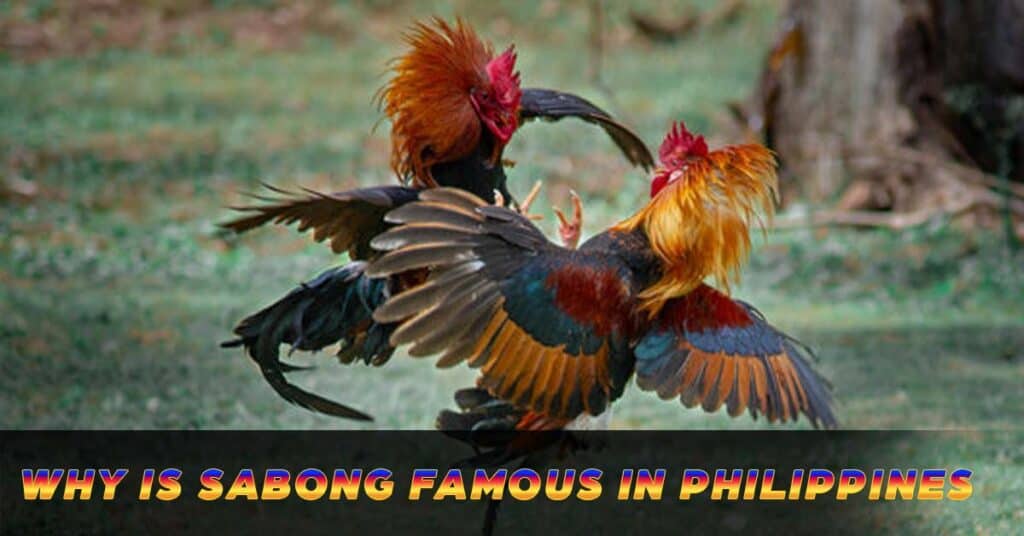
Sabong is a Filipino term for cockfighting, where two roosters battle to determine the superior one. It’s a bloody sport, often made more exciting by attaching weapons to the roosters’ legs. Some call it a fight to the finish, as the match only ends when one rooster dies. People gather in arenas to watch and cheer as the roosters compete. In the Philippines, sabong is a popular pastime enjoyed by both the rich and the poor.
Sabong Through the Ages: A Short History of Filipino Cockfights
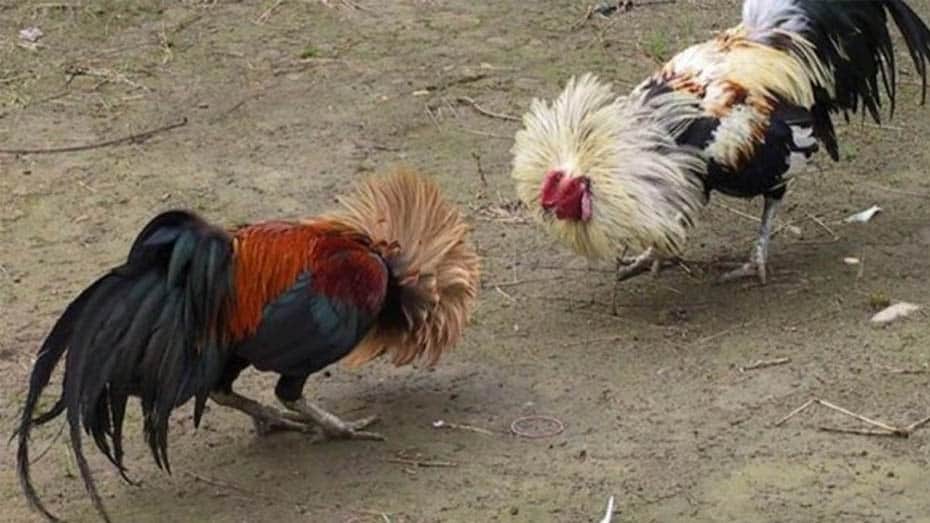
Cockfighting has a long history in the Philippines, dating back before the country gained independence in 1898. The tradition has been passed down through generations, with people participating in cockfighting and betting even before the arrival of Ferdinand Magellan. Some believe the sport has been around for thousands of years.
As a long-standing tradition, the Filipino government has never considered making cockfighting illegal. Instead, it generates revenue from cockfighting events and betting, using the funds for community outreach. Across the Philippines, there are thousands of cockfighting arenas. However, the government faces a challenge with the emergence of illegal cockfighting events. Despite this, the sport continues to grow, with its market size increasing daily.
A Tradition Spanning 6000 Years
Sabong is not just for fun; it’s a vital part of Filipino culture. Cockfighting in the Philippines has been around for 6000 years, and this long history might be one reason why it’s legal. Interestingly, it’s even considered the national sport, ranking second only to basketball.
Key Figures in Sabong
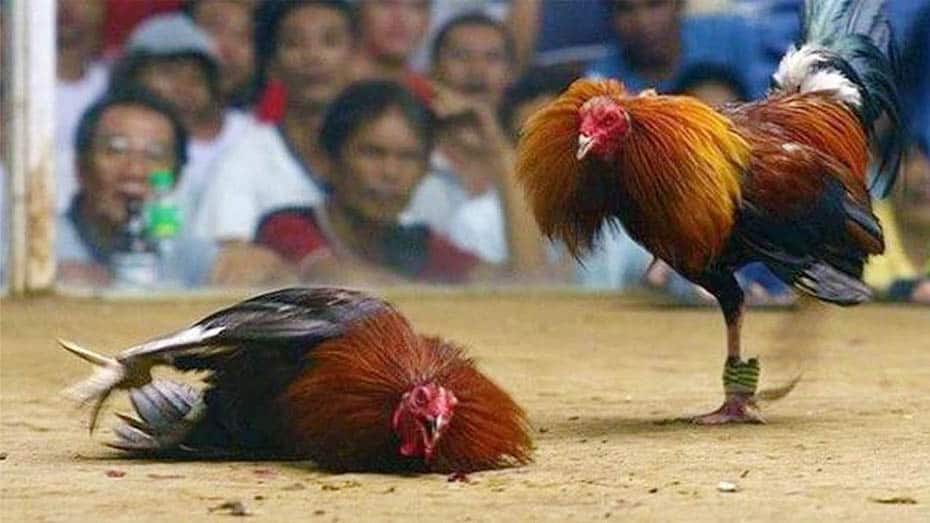
Similar to other sports, Sabong has officials who manage the game in the arena. The sentensyador or koyme acts as the referee, ensuring the game goes as planned. They set up the fight between the roosters, decide when it starts and ends, and announce the winner after one rooster defeats the other.
The kristo is the person responsible for handling bets. These experts use sign language to communicate about the bets, with each finger sign representing a specific amount of money. Owners of the roosters and fans also play essential roles in making the sport entertaining. The goal of all these key figures is to ensure the match runs smoothly.
Why Sabong Continues to Capture Hearts
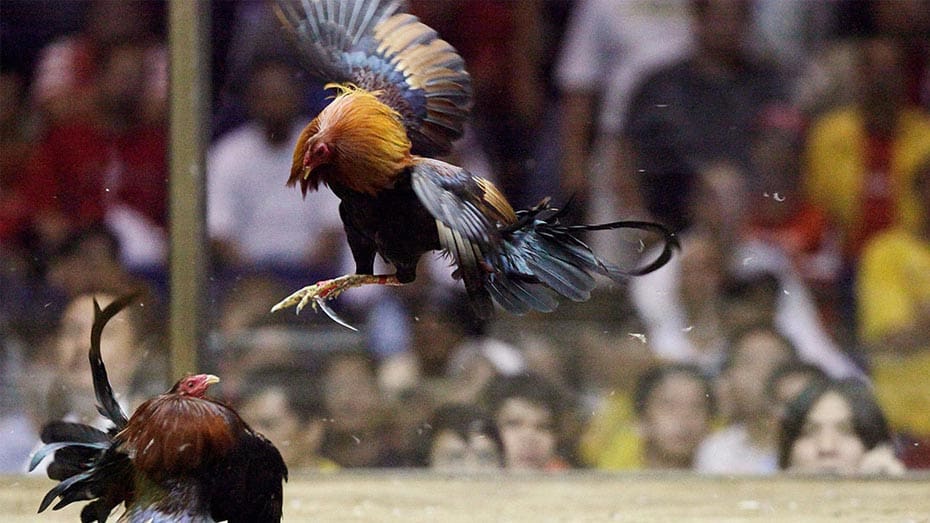
Additional Earnings
Farmers, who don’t earn much from fieldwork, find an additional source of income in raising and breeding gamefowls. The more victories their gamefowls achieve, the higher the prize money they can earn.
It’s not only the gamefowl breeders who can make extra money from cockfighting. Those who bet on the winning rooster also have the chance to win a substantial amount of money. This hobby is so popular that Filipinos lovingly refer to the competitor, regardless of the contest or sport, as their “manok” or rooster.
Passion for the battle
Many Filipinos enjoy combat sports, and you don’t need to be wealthy to join in. Boxing, for example, has become a path for talented individuals to escape poverty. Cockfighting offers the same exciting experience without posing any physical danger to those involved.
The sport is typically favored by men, and fathers and sons often connect by raising gamefowls together. Raising strong gamefowls requires extra care and effort, and breeders treat their prized fighters as if they were their own children.
A Multi-Billion Peso Industry
Cockfighting has become a massive industry in the Philippines, reaching a billion-dollar scale. It’s not just popular within the nation but has gained global attention.
Known as Sabong, cockfighting is not only legal in the Philippines but is also a widespread passion. About 2500 dedicated stadiums host the popular competitions, where approximately 30 million roosters are involved each year. Despite opposition from animal rights groups, the practice remains legal.
Fans continue to support the sport, viewing it in a similar way to watching weekend football. Despite concerns from some about the violence, the excitement of watching competition remains a significant draw for enthusiasts.
The Emergence of eSabong
Over the last ten years, cockfighting has evolved beyond the traditional arena. While top gamefowls still participate, the matches are now live-streamed, and people can place bets online. To capitalize on the sport’s popularity, lawmakers are considering taxing it.
In December 2020, Congressman Joey Salceda introduced the E-Sabong Bill or House Bill 8065, suggesting a 5 percent tax on online cockfights. He believes it could be a means to boost government funds for COVID-19 response.
Caring for Gamefowls
Because cockfighting is a profitable activity in the country, it’s understandable why individuals invest significant time, energy, and funds in raising high-quality gamefowls. If you’re keen on breeding prize-winning fighters, one essential investment is providing them with suitable living spaces. To keep your gamefowls secure and under your watch, it’s crucial to have high-quality chicken nets.
Insights into Cockfighting in the Philippines
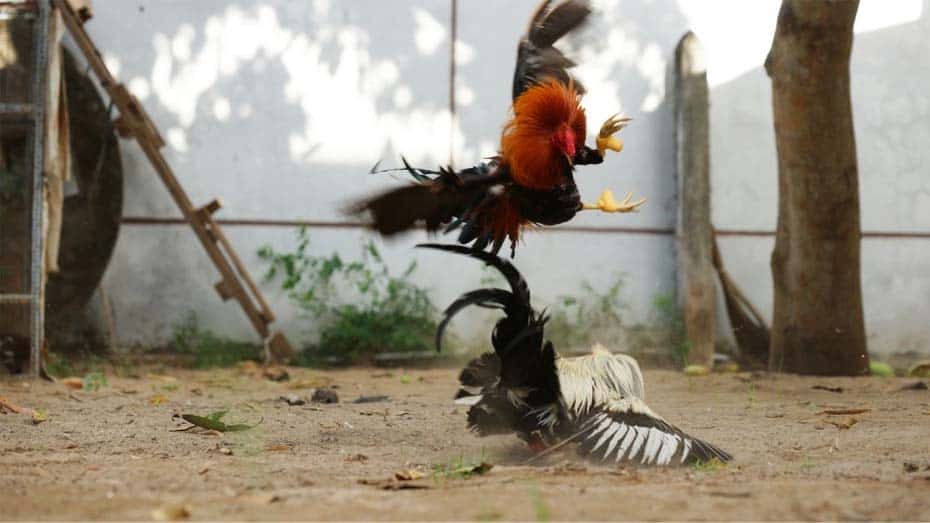
FAQs
Conclusion
In conclusion, Sabong’s fame in the Philippines is deeply ingrained in the nation’s cultural tapestry. This traditional sport has transcended generations, becoming more than just a pastime—it’s a symbol of heritage. The legal status of Sabong, coupled with its historical roots and the passionate community surrounding it, has solidified its popularity. As Sabong continues to evolve, embracing modern platforms like SabongPH, it remains a vibrant and integral part of Filipino identity, attracting enthusiasts from all walks of life.

